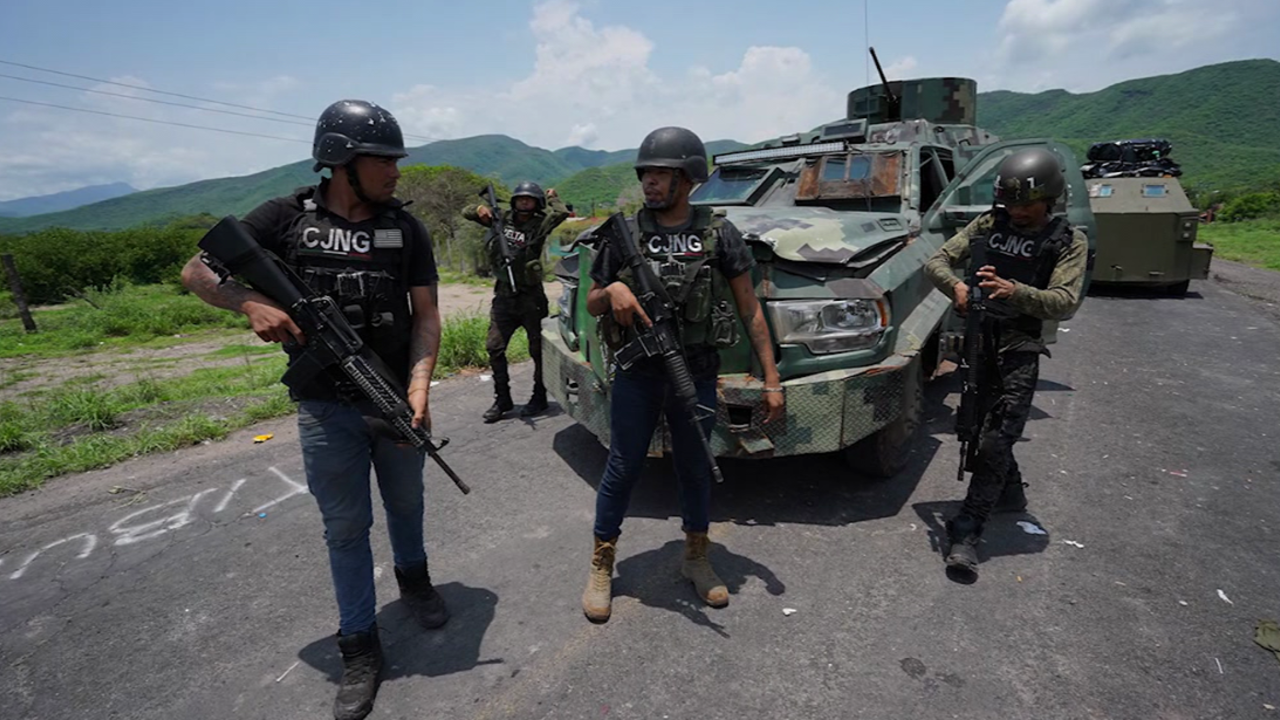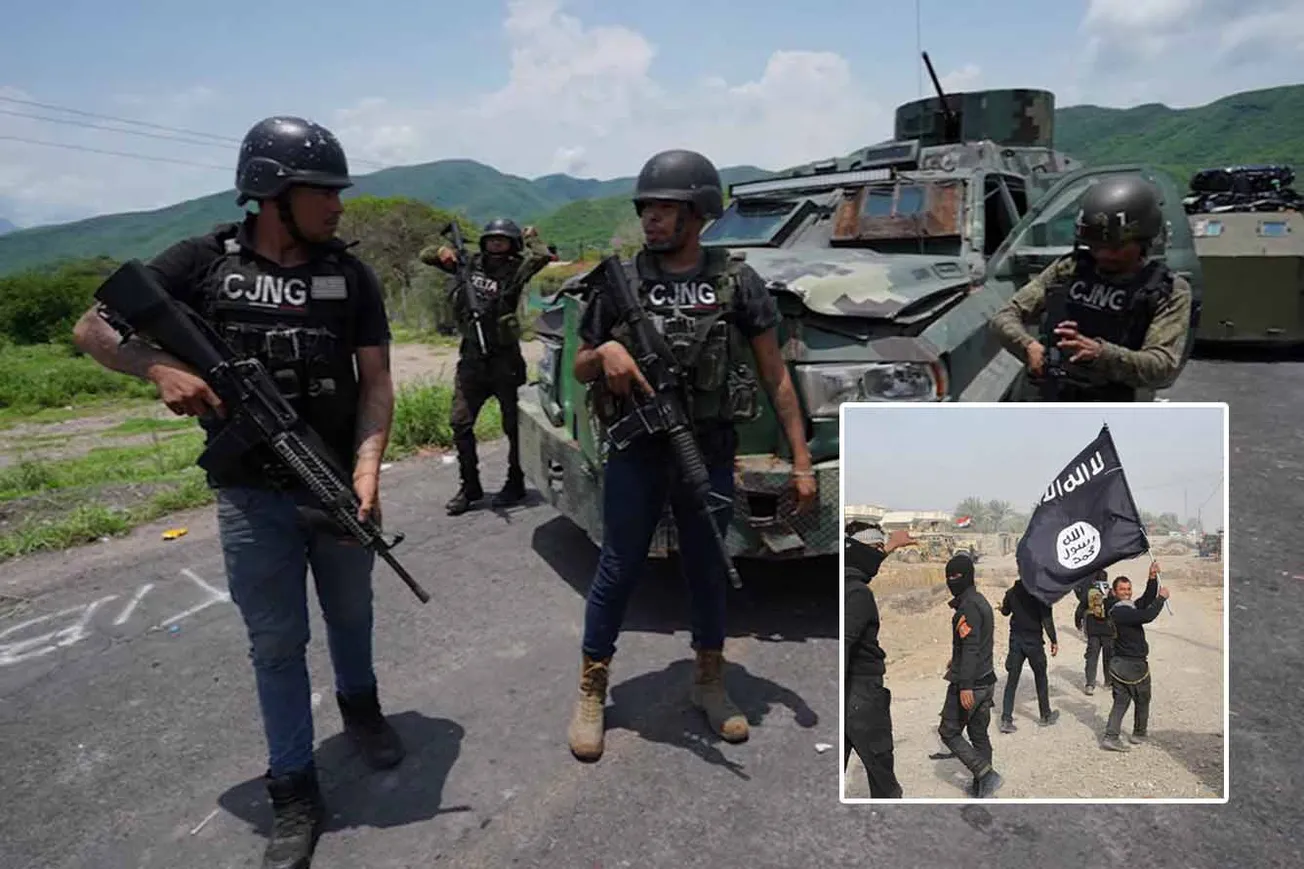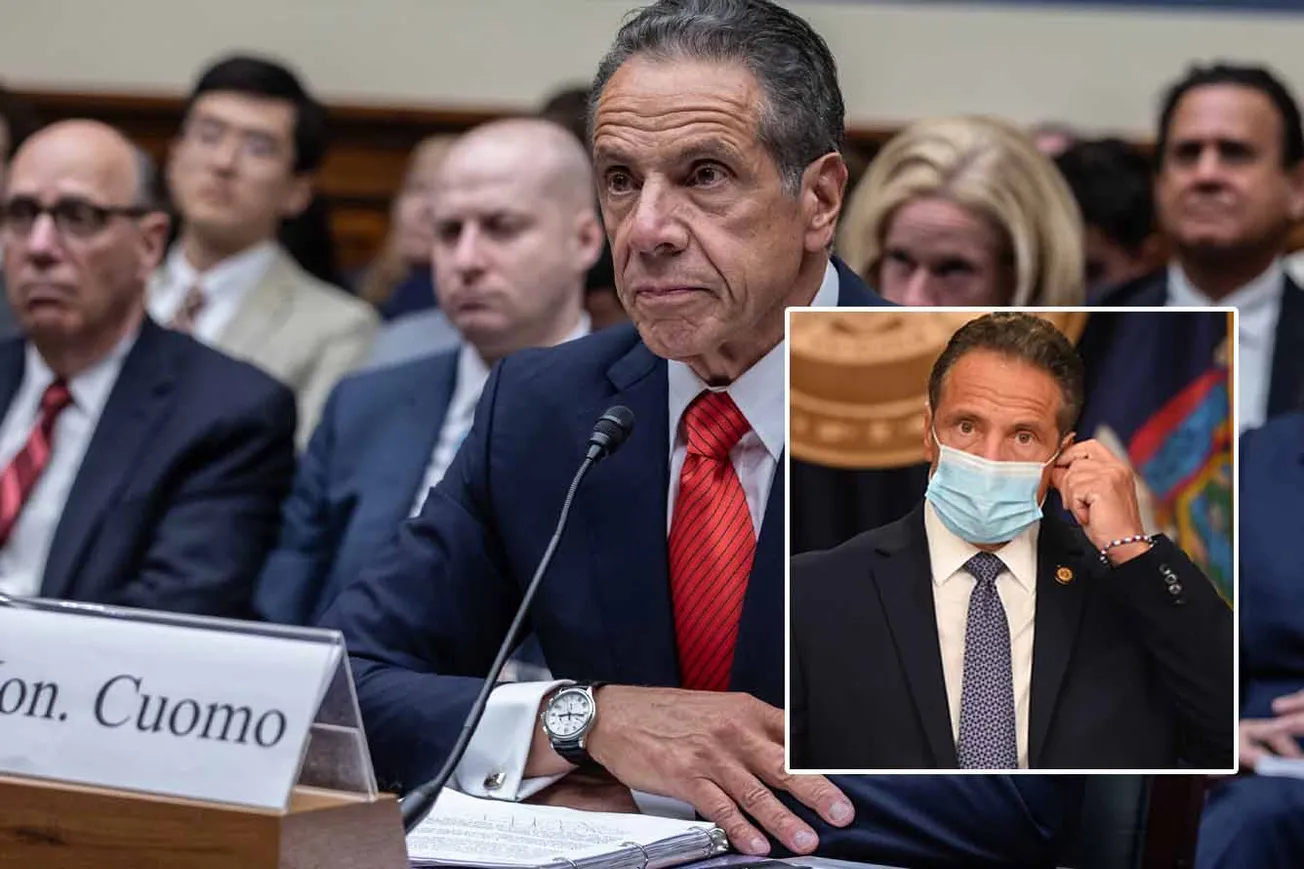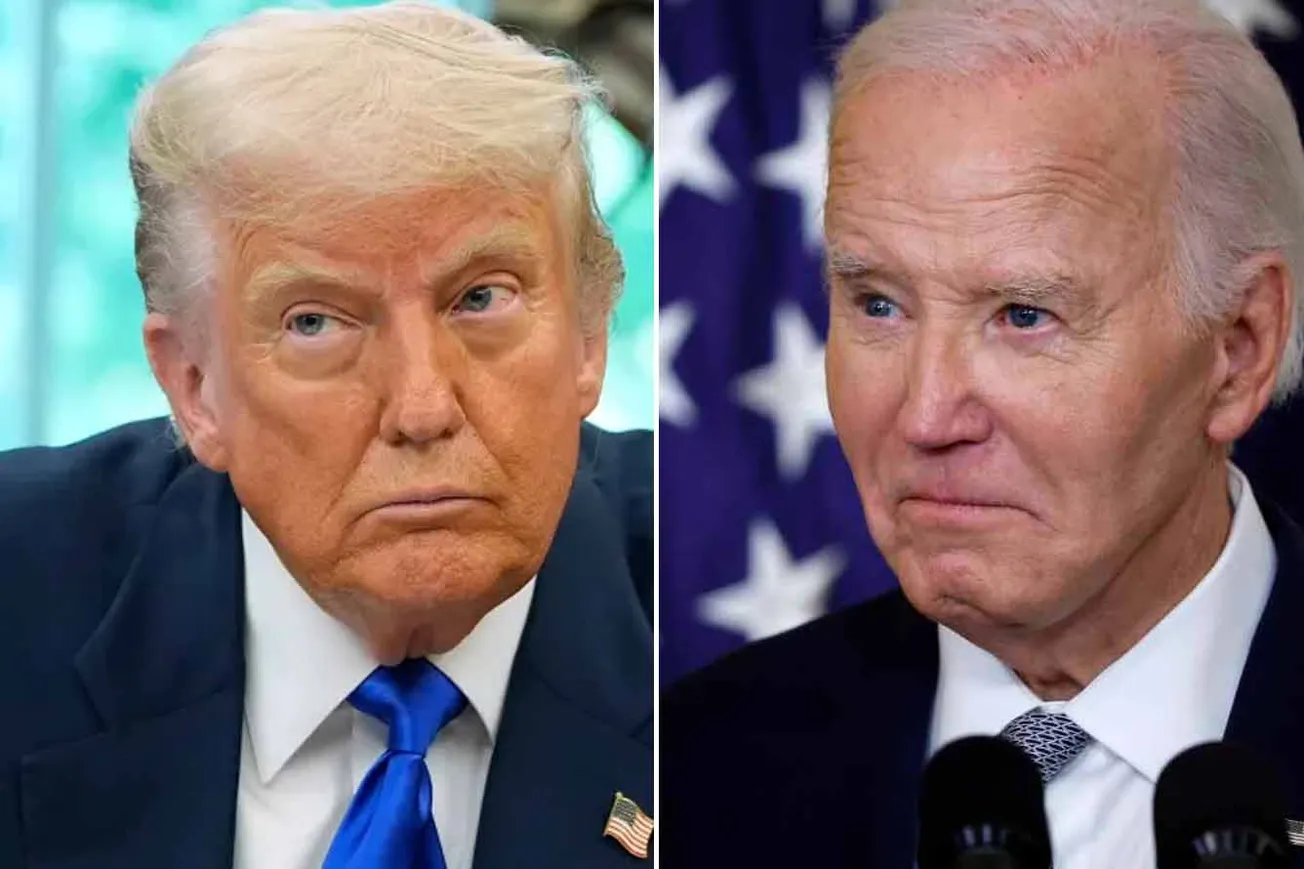As early as 2001, foreign terror groups like Hezbollah, al-Qaeda and Al Shabaab were reported to have a presence in Mexico and along the Mexico-US border.
Reports revealed that along with being successful in using Mexico as a safe haven they had used North America as a transit area to smuggle weapons and terrorist operatives into the United States.
These reports also uncovered that the terrorist groups had been receiving Mexican culture and assimilation training. Perhaps the finding of most concern was that these groups were cultivating ties with Mexican drug cartels.
Prior to and following the September 11, 2001 terrorist attacks, a number of high-ranking Mexican officials made statements indicating that one or more Islamic terrorist organizations were seeking to establish a presence in Mexico.
In 2001, Adolfo Aguilar Zinser, a former Mexican National security adviser and ambassador to the United Nations, reported that "Spanish and Islamic terrorist groups are using Mexico as a refuge."
In a 2006 iterim report to the House Homeland Security Committee, Former Federal Bureau of Investigation Director, Robert Mueller, confirmed in testimony, "that there are individuals from countries with known al-Qa'ida connections who are changing their Islamic surnames to Hispanic-sounding names and obtaining false Hispanic identities, learning to speak Spanish and pretending to be Hispanic immigrants."
Video footage from a cell phone discovered at the border by The GOAT Initiative (TGI) showing unidentified foreigners making illegal entry into the U.S.
According to a 2015 Judicial Watch report, that includes a Mexican Army field grade officer and a Mexican Federal Police Inspector source, ISIS set up a base just eight miles south of El Paso and had been conducting reconnaissance on U.S. airports and military bases.
The report revealed, "Mexican Army and federal law enforcement officials discovered documents in Arabic and Urdu, as well as plans of Fort Bliss — the sprawling military installation near El Paso that houses the U.S. Army's 1st Armored Division. ISIS flags and graffiti have also been spotted in the area."
Intelligence and law-enforcement sources reported, that particular Anapra area is dominated by the Vicente Carrillo Fuentes Cartel (“Juárez Cartel”), La Línea (the enforcement arm of the cartel) and the Barrio Azteca (a gang originally formed in the jails of El Paso).

Is it far-fetched to question if these Islamic groups intend to use each other as a force multiplier?
While Mexican cartels are primarily driven by profit, and terrorist groups by ideological or political goals, they do share mutual benefits and criminal exploitation.
It is likely the two rely on comparable criminal facilitators for activities such as document forgery, arms trafficking, or human smuggling. Both groups similarly thrive in areas with penetrable borders, corruption and weak governance, making opportunistic collaboration more likely.
If these reports are accurate, when Biden lifted title 42 in 2023, Islamic terrorists were prepped and ready to openly cross the US-Mexico border and grossly expand their operations on US soil, with a number of these terrorists having been trained for decades to pose as Latin Americans seeking refuge.
According to former CIA analyst and targeter, Sarah Adams, “at least 1,000 Al-Qaeda-trained fighters have found their way onto U.S. soil and stand poised to carry out a coordinated attack inspired by, or comparable to, Hamas’s lethal Oct. 7, 2023, attack on Israel.”
If the reports above are accurate, is it possible that number is fearfully significantly higher?












Conversation